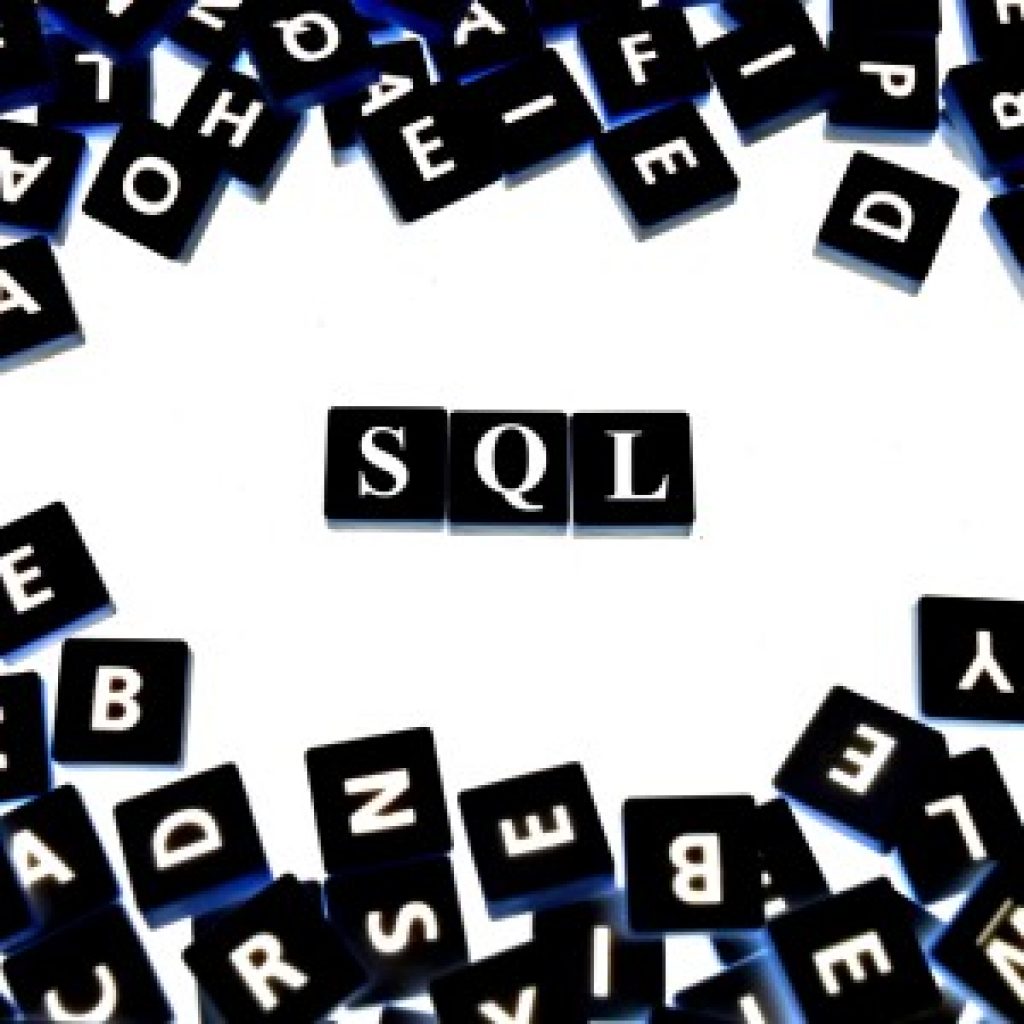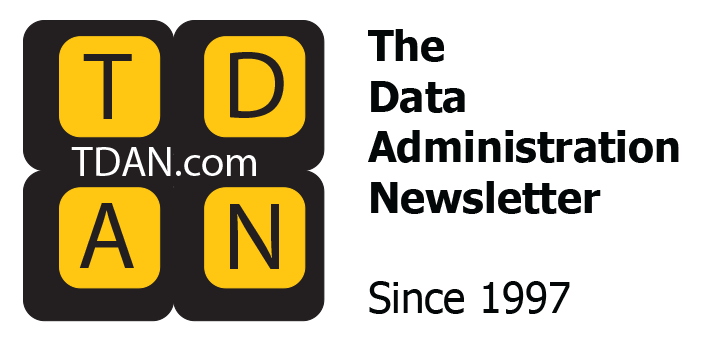
Data Access Shouldnʼt Require a Translator
In most enterprises, data access still feels like a locked room with SQL as the only key.
Business teams depend on data engineers for every report, dashboard, or metric tweak. Even in the age of generative AI, too much time is spent translating natural language questions into structured SQL queries.
Text-to-SQL systems are changing that dynamic. By translating plain English into executable database queries as part of the natural language processing mechanism, they bring us closer to true data democratization, where anyone can query, explore, and reason with data directly. In a world where AI is embedded in every decision, text-to-SQL represents a fundamental step toward making data accessible to all.
From Queries to Conversations: How Text-to-SQL Works
At its core, text-to-SQL acts as a language bridge between humans and structured data. When a user types or speaks a question like “Show me total revenue by region for Q1,ˮ a text-to-SQL system does the following:
- Understands intent: Identifies key entities, filters, and metrics in the sentence.
- Maps to schema: Aligns those terms with database tables and columns.
- Generates SQL: Constructs a valid SQL query using context and syntax rules.
- Returns results: Executes the query and presents the results back to the user sometimes even in a conversational loop.
Early natural language interfaces (NLIDBs) struggled with ambiguity and domain adaptation. Modern LLM-powered models, like GPT-4, Codex, and open-source transformers, now excel at schema reasoning and can dynamically adapt to business contexts. This evolution has made text-to-SQL not just a technical breakthrough, but an enterprise capability.
Why Text-to-SQL Matters in the Enterprise
For large organizations, Text-to-SQL is far more than a convenient feature. Itʼs a catalyst for data democratization:
- Accessibility: Business users no longer need SQL fluency to access information.
- Efficiency: Reduces dependency on data engineering teams for routine queries.
- Transparency: Queries are traceable and auditable, improving trust.
- Consistency: Shared models enforce consistent metrics and definitions.
When employees can query data directly, the enterprise shifts from reactive reporting to proactive exploration and insight velocity increases exponentially.
Architectural Insights: Making It Work at Scale
Implementing text-to-SQL across complex enterprise systems requires more than model accuracy. It needs strong semantic modeling and metadata governance.
- Schema Standardization: The model performs best when metadata is well-documented and column names are meaningful.
- Semantic Layer Integration: Context from the semantic layer (like business definitions of “customerˮ or “revenueˮ) improves translation accuracy.
- Governance and Access Control: Text-to-SQL should respect data entitlements and regulatory constraints.
- Feedback Loops: Capturing user corrections helps fine-tune model behavior.
Together, these ensure text-to-SQL is not a black box, but a governed gateway into enterprise data.
Beyond Convenience: Strategic Advantages
The value of text-to-SQL lies in the cultural and strategic shift it enables:
- Empowered Decision-Making: Every user can test hypotheses and validate assumptions instantly.
- Operational Agility: Reduces the lag between question and insight.
- AI Readiness: Enables conversational analytics and intelligent agents to operate with structured context.
- Regulatory Alignment: Transparent query generation supports audit and compliance requirements.
By embedding language-based querying into enterprise data systems, organizations create a feedback loop between humans and machines, one that strengthens both trust and understanding.
The Road Ahead
The future of text-to-SQL goes beyond text. We are moving toward multimodal querying, where users can mix voice, text, and visuals. Integration with knowledge graphs and semantic layers will enhance context awareness, allowing systems to reason about meaning, not just syntax.
In parallel, ethical and governance frameworks must evolve to manage privacy, access, and bias in AI-driven data systems. Democratization without control risks chaos; the next frontier is responsible democratization.
Conclusion: A New Language for Data
Text-to-SQL represents a quiet revolution in how we access and interpret data. It allows enterprises to extend data literacy across every level of the organization, transforming AI from a technical asset into a shared intelligence partner.
The goal is simple yet profound: a world where data doesnʼt need translation it speaks our language.
